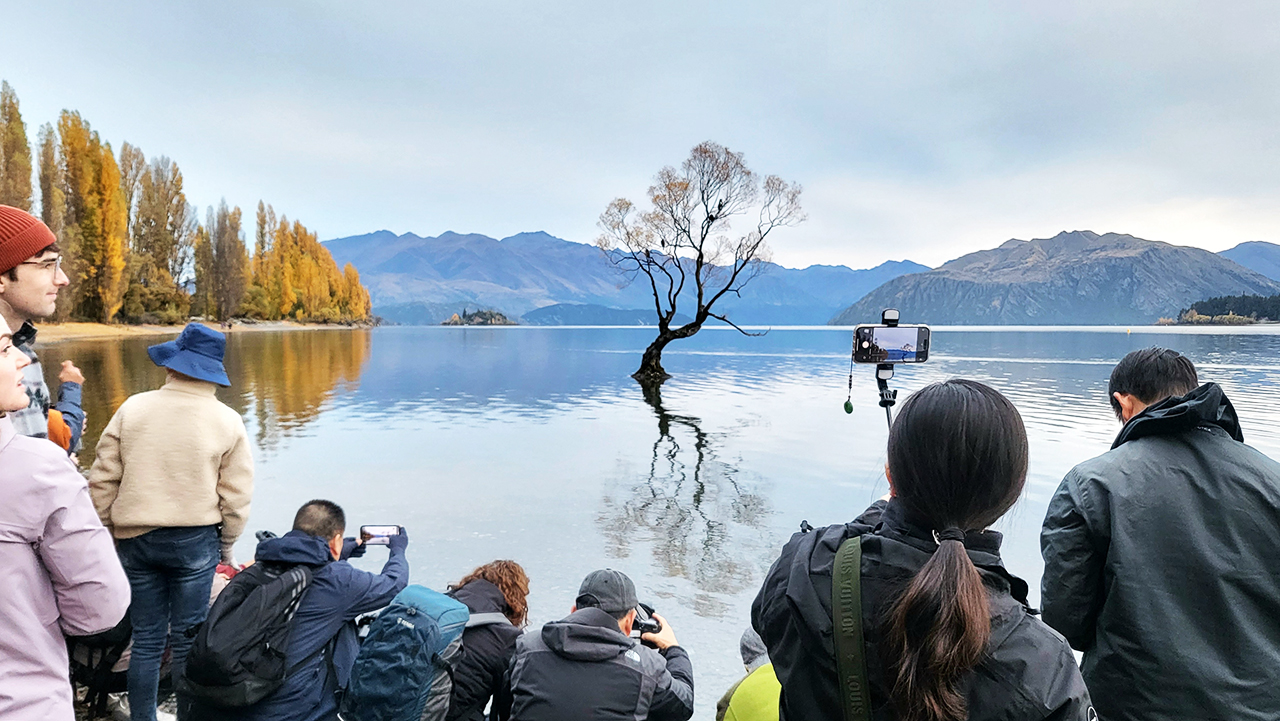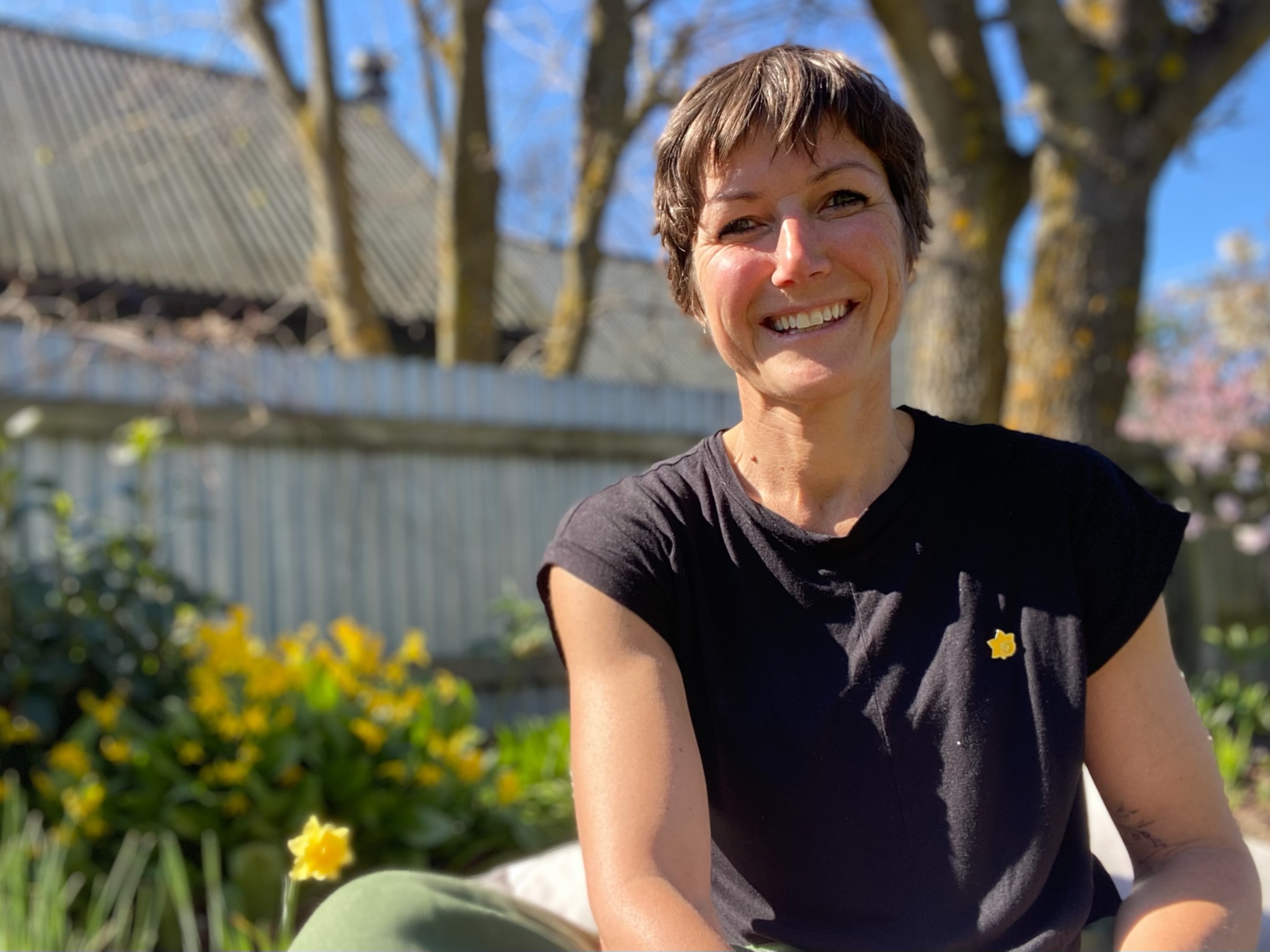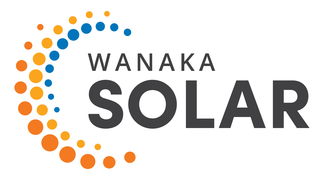Review will identify ‘what’ health services needed, not ‘where’
Sue Wards
08 October 2025, 4:06 PM
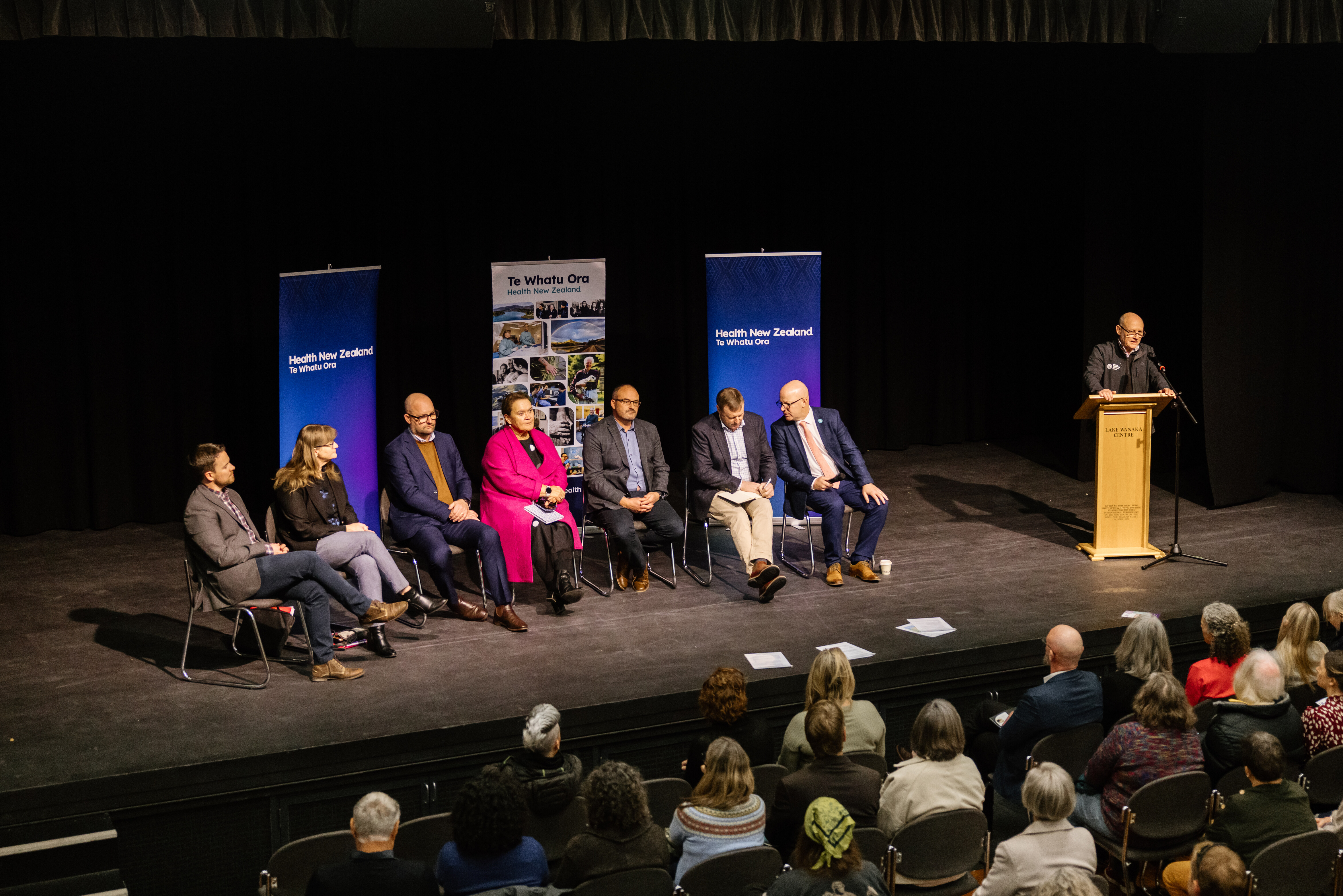 A panel of health staff and ministers acknowledged clear health inequities in the Upper Clutha in July. PHOTO: Health Action Wānaka
A panel of health staff and ministers acknowledged clear health inequities in the Upper Clutha in July. PHOTO: Health Action Wānaka An update from Health New Zealand (HNZ) on its clinical services review for the region has indicated the review will focus on needs - and not so much on locations.
Members of Wānaka advocacy group Health Action Wānaka (HAW) attended a HNZ information session in Queenstown last week, along with Queenstown Lakes District mayor Glyn Lewers, Central Otago District mayor Tamah Alley, Waitaki MP Miles Anderson, and clinicians and stakeholders from across the two districts.
HNZ was talking about hospitals, primary care, diagnostics, specialist care, and maternity services, in terms of “what we will need into the future for both us and the Queenstown Lakes area”, Tamah said in an update to Central Otago residents on the Central App on Sunday (October 5).
“They also acknowledged that they are looking at factors like road conditions, weather temperatures, and just how easy it is or isn’t - at certain times of year - to get between the different towns,” she said.
Tamah said HNZ “really reiterated that their clinical services planning will inform the ‘what’ is needed, not necessarily the ‘where’ it’s needed - and the ‘how’ will be determined once we know the need”.
She said the outcome will be an options paper for minister of health Simeon Brown, “not necessarily a ‘here’s where we’re going to build a hospital’”.
HAW told the Wānaka App the group has “confidence in the evidence-based approach being taken to deliver the clinical services plan” after two recent meetings with HNZ.
“However, we are interested to see what happens once the report is in the hands of the government,” they said, citing recent cases where recommendations to government “have not been followed, such as the decision to approve the new Waikato Medical School”.
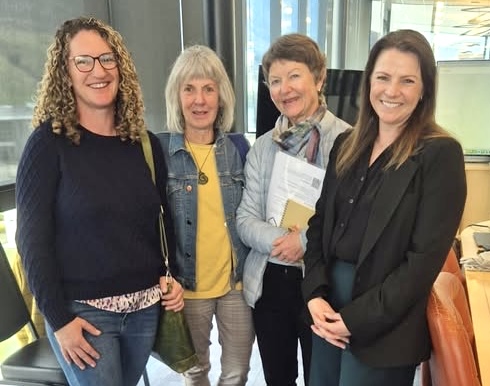
From left: Lucy Middendorf (HAW), Trish Fraser (HAW), Brigid Loughnan (HAW), and Tamah Alley (Central Otago District Council mayor). PHOTO: Health Action Wānaka
“We also hope the political process, and the prospect of an election next year, will not delay important decisions about health services planning for our region.”
HAW reported the HNZ team covered how it has been using data to identify opportunities for future services, including looking at delivery networks and models of care that can optimise access to services; and discussed data showing the high number of trips members of the Upper Clutha community take each year to access services such as infusions, dialysis and cancer treatment.
“As part of its planning, HNZ is assessing how many of these services could be provided locally to reduce the burden of travel we currently face,” HAW said.
“HNZ has identified increasing demand for maternity service and emergency care as our community continues to grow.”
Early in September HNZ said its review (“to guide the future of health services in the Central Lakes region”) would “help to determine what future publicly funded clinical services may be required in the area, how they will be delivered, and where they will be provided”.
Read more: Who is shaping the future of our health services?
At a rural health roadshow in Wānaka in July, HNZ staff said they would come back to Wānaka at the end of August with the findings from the clinical review, which needed to be “done and dusted” by December.

